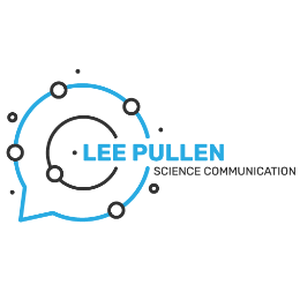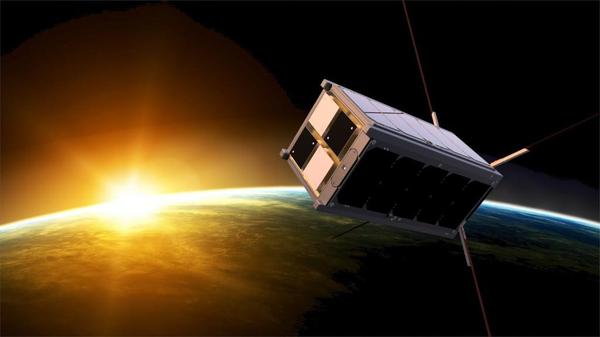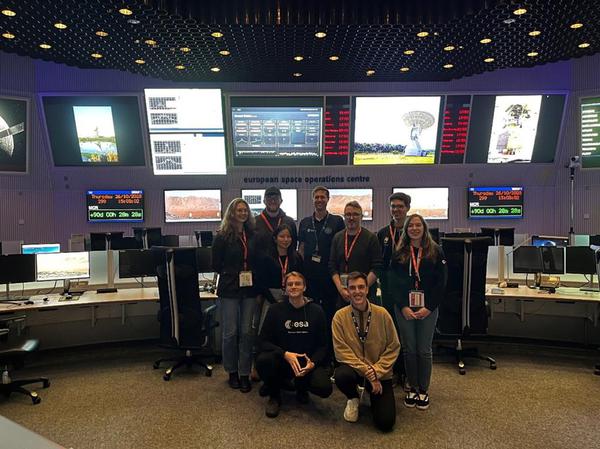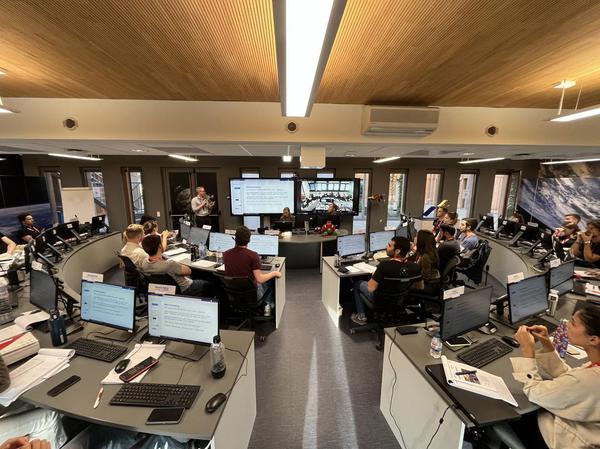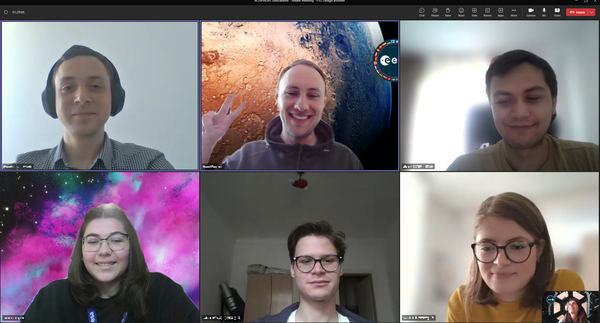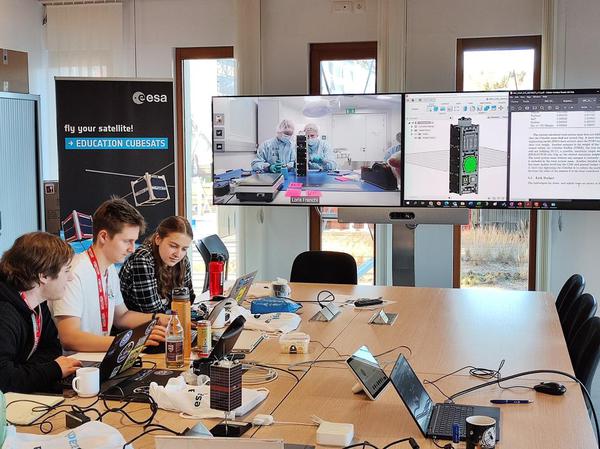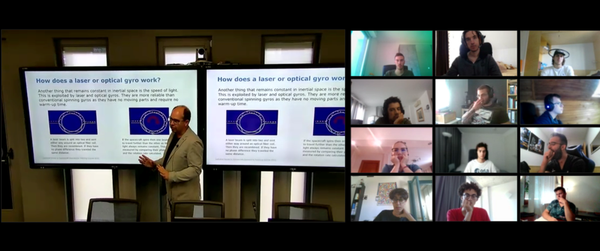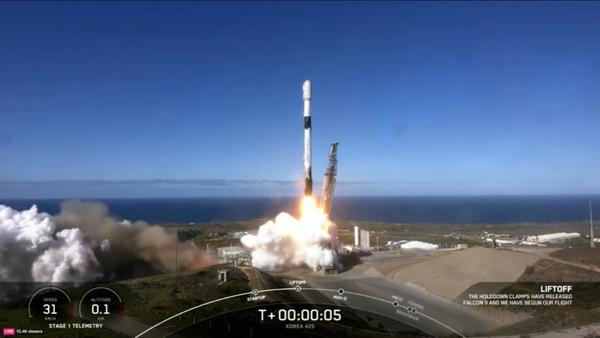
Lift-off for EIRSAT-1, Ireland’s first ever satellite
Six years of hard work and dedication paid off in spectacular fashion today, as the Educational Irish Research Satellite, EIRSAT-1, successfully blasted off from Vandenberg Space Force Base, California. Hitching a ride on a Space-X Falcon-9 launcher, the tiny satellite – measuring just 10.7cm x 10.7cm x 22.7cm – has now made history as Ireland’s first satellite!
EIRSAT-1 was designed, built, and tested by students from University College Dublin (UCD) participating in ESA Academy’s Fly Your Sate
EIRSAT-1 was designed, built, and tested by students from University College Dublin (UCD) participating in ESA Academy’s Fly Your Sate
